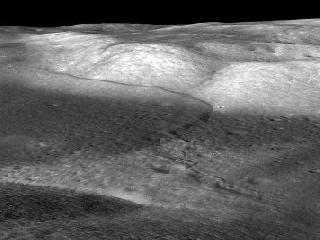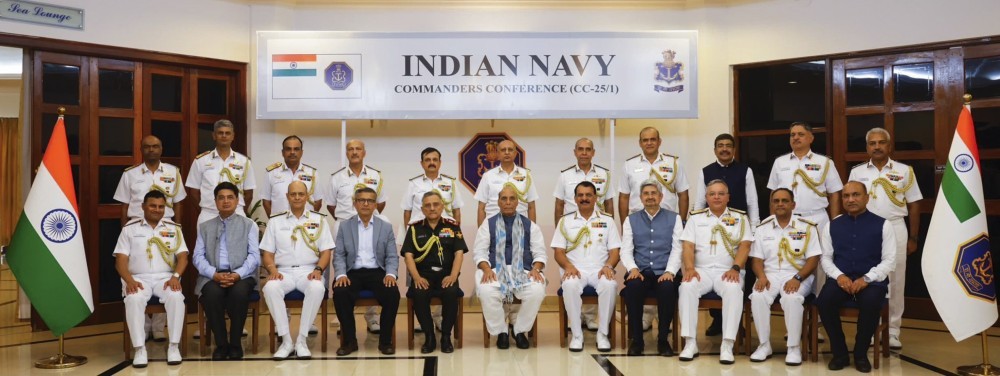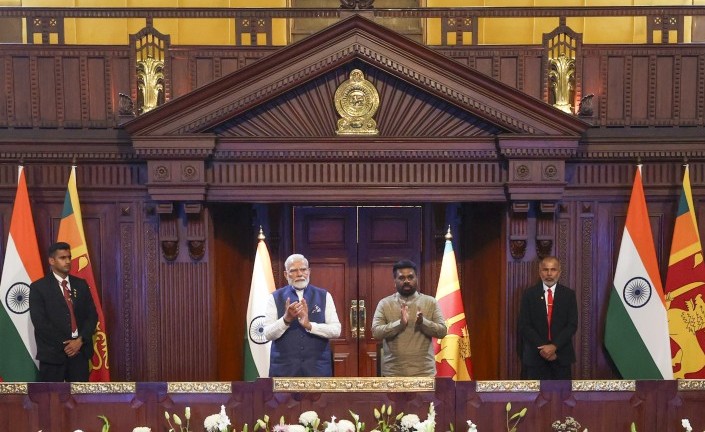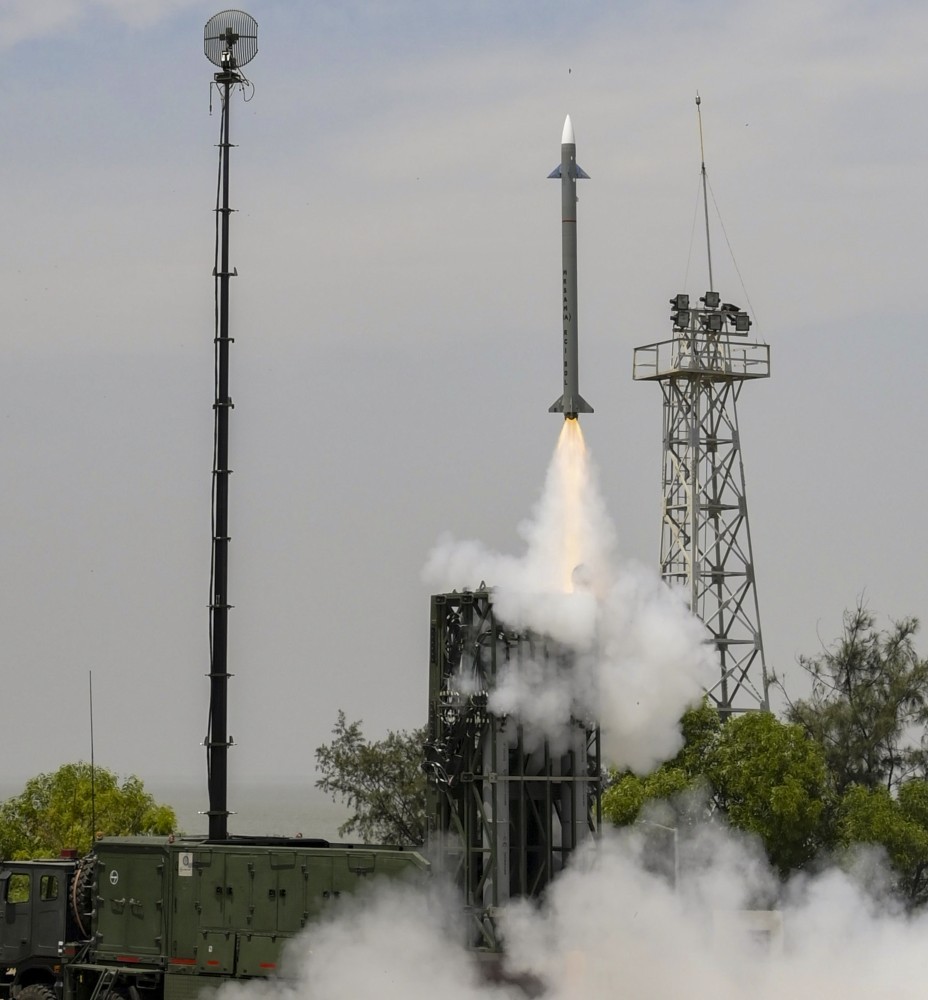
A lobate scarp (dark line at middle) snakes across the moon in a terrain model made from LRO pictures. Photo: Image courtesy NASA/GSFC/Arizona State University.
WASHINGTON (PTI): The moon is shrinking, say planetary scientists who claim to have spotted on its surface cracks which form when a planetary body cools and contracts.
However, there's no cause for alarm as it is shrinking very, very slowly, say the scientists.
According to their research, like a deflating balloon, the moon is contracting as its interior cools; the cooling has reduced the radius of Earth's natural satellite by 100 metres in the relatively recent lunar past.
"As the interior cools, it contracts, and the crust of the moon has to adjust to the reduced volume. That causes this breaking of the crust into these small faults," said lead scientist Dr Thomas Watters from the Smithsonian Institution.
In fact, the scientists discovered the cracks after a probe captured images of unusual fault lines called "lobate scarps" in the lunar highlands. Similar cracks were first seen in photos taken by Apollo missions in the early 1970s.
Fourteen new lobate scarps have now been identified by the Lunar Reconnaissance Orbiter spacecraft and these were found mainly in the highlands, showing the lines are globally distributed, say the scientists.
They believe the cracks were created by rupturing of the brittle lunar crust as the moon shrank -- a process that appears to be geologically recent.
Dr Watters said: "One of the remarkable aspects of the lunar scarps is their apparent young age. Relatively young globally distributed thrust faults show recent contraction of the whole moon, likely due to cooling of the lunar interior."
But, the moon, which is about one-fourth the size of the Earth in diameter, is not going to disappear and its shrinkage won't affect the Earth in any way, he stressed.
The findings have been published in the latest edition of the 'Science' journal.
 Next Article
Next Article













The Indian Air Force, in its flight trials evaluation report submitted before the Defence Ministry l..
view articleAn insight into the Medium Multi-Role Combat Aircraft competition...
view articleSky enthusiasts can now spot the International Space Station (ISS) commanded by Indian-American astr..
view article